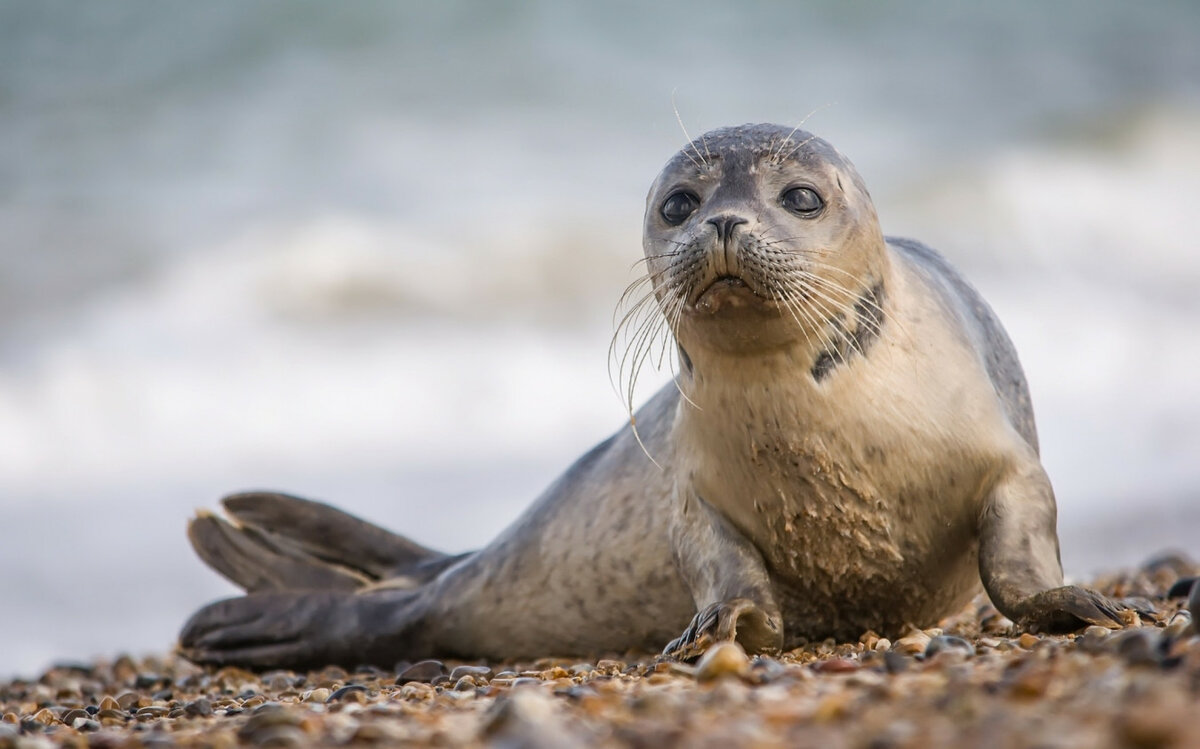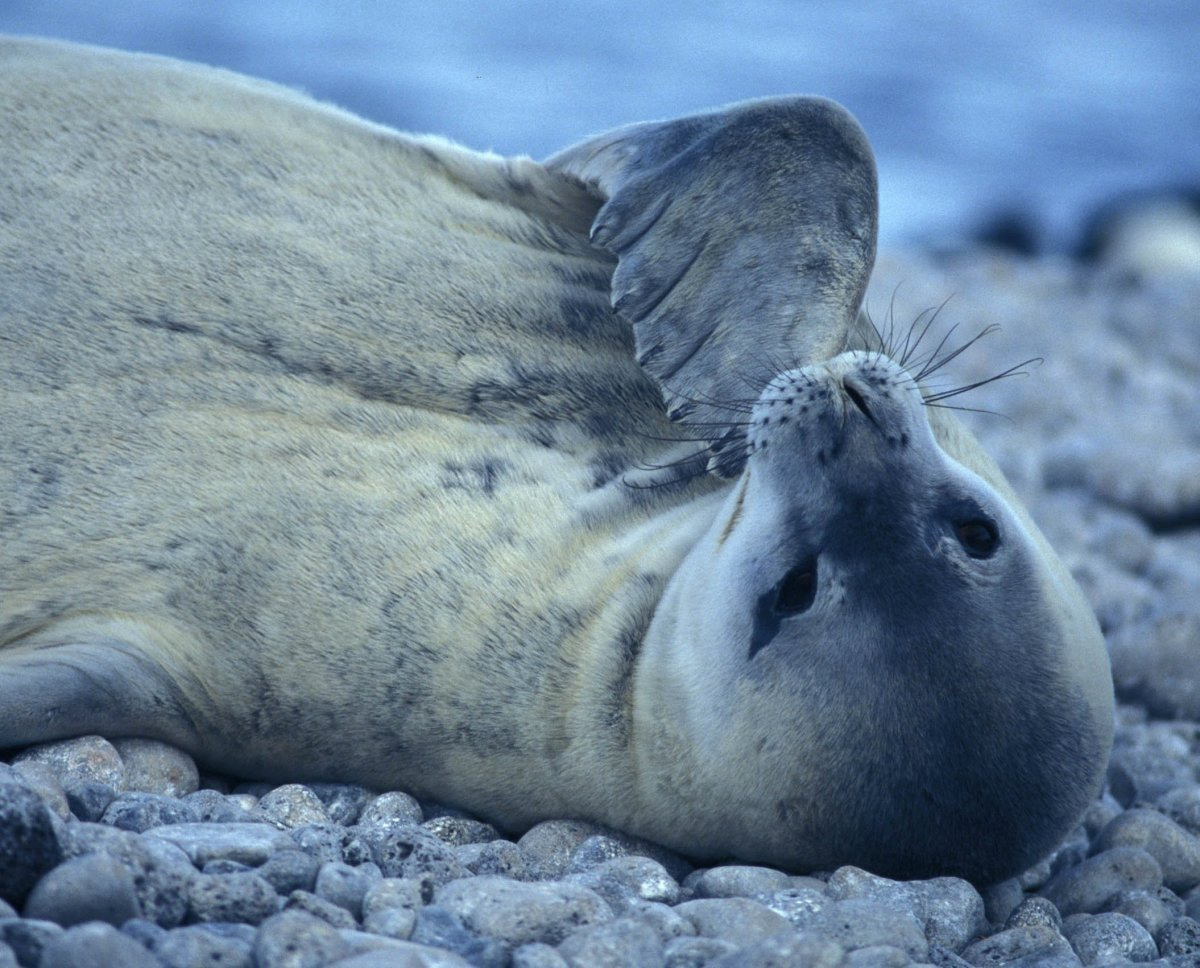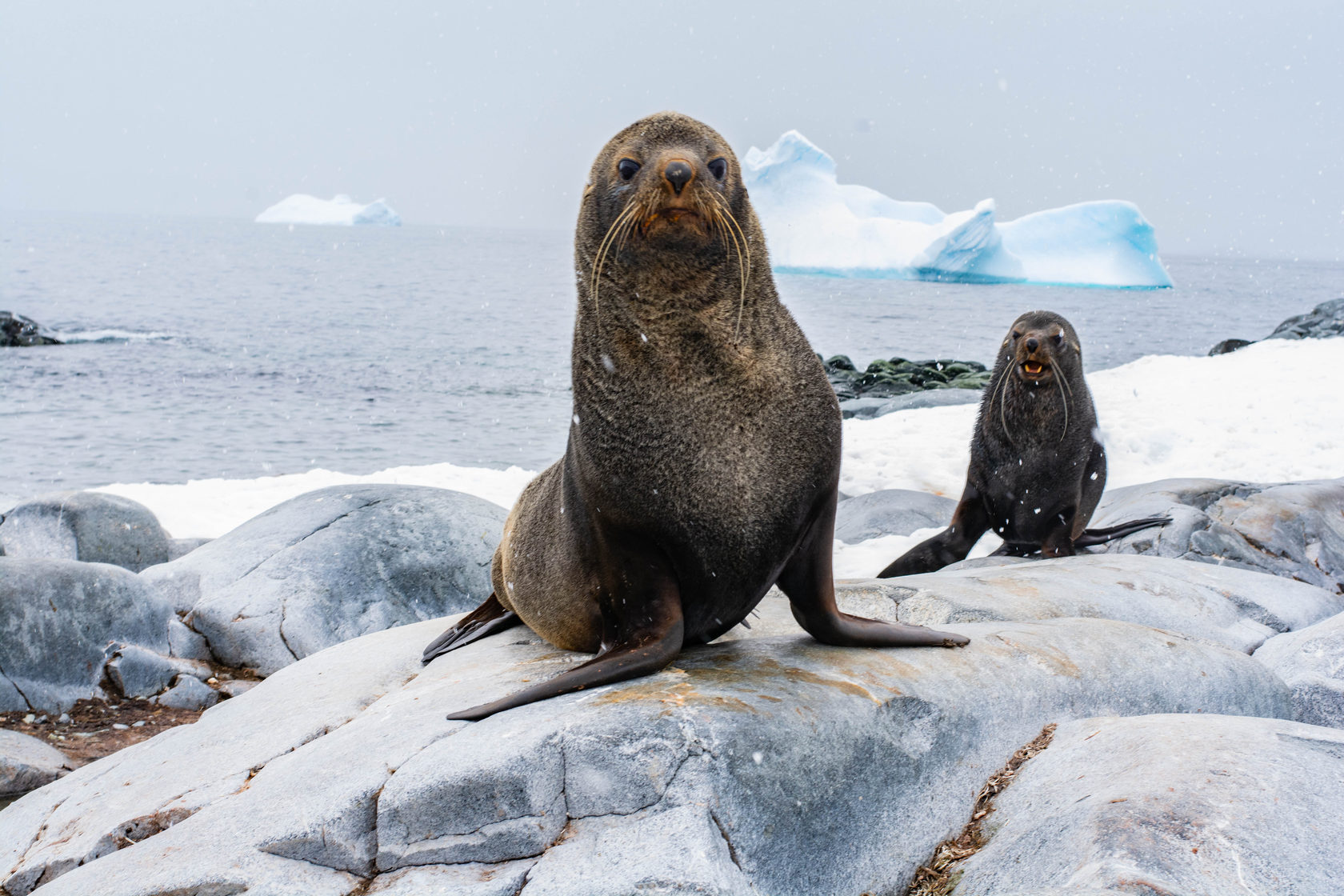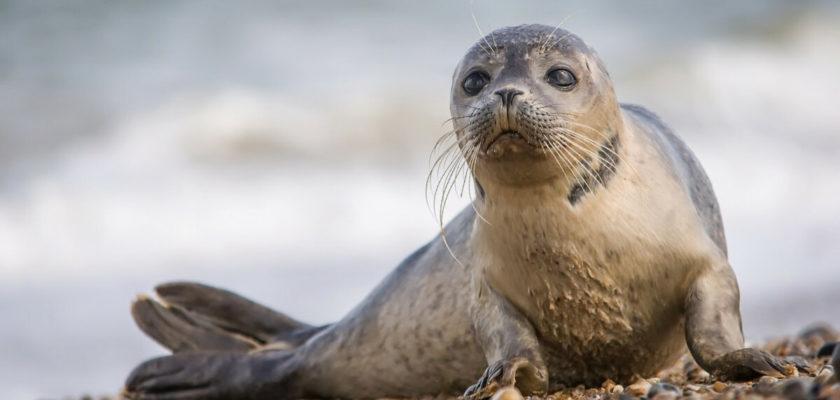Seals are fin-footed and semiaquatic marine mammalian creatures. There are more than 34 species and, 48 subspecies of seal exist worldwide. The largest species are known as the southern elephant seal, which can raise to around 13 feet in length and more than two tons in weight. The smallest species of the seal are the Galapagos fur seal, which can grow up to around 4 feet long and weighs about 85 pounds. The seal has many interesting facts besides it lives in water.
Hunting of prey
Seals may be hunted alone or in groups. They have a specially structured body that lets them hunt for food in the water effectively. Their fins assist them to move very rapidly through the water, and they can also dive deep into the ocean easily. Seals also have whiskers that are highly sensitive to movements and vibrations for detecting prey. So, in this way, their whiskers made them more effective while hunting during the day or night.

Diet of seal
The diet of seals has depended upon their species, but mostly they eat mainly fish and squid. Mostly they find their prey by detecting its vibration using their whiskers also. They mostly like to eat fish, while most of the species eat squid, mollusks, crustaceans, marine worms, sea birds, and other seals also. An interesting fact is that seals, eat mostly fish, the seal has specialization in oil-bearing species like eels, herrings, and anchovies because they swim in shallows in the sea and are easy to catch, and they are also a good source of energy.

Sleeping pattern of sleep
Seals can easily sleep both in the water and on land. One of the interesting facts is that researchers have recorded them sleeping for minutes at a time while slowly drifting downward in a belly-up orientation. Like other marine mammals, seals sleep in water but, half of their brain is awake so that they can detect the danger and escape from predators. But when they are asleep on land, both sides of their brain remain in sleeping mode. This one fact is including interesting facts about the seal.

Physical characteristics of the seal
Almost all seals share the same physical characteristics. They all have streamlined bodies and four flippers for moving in the water. Their bodies have covered with soft fur, and underneath in skin, they have a layer of blubber that assists and insulate them from a cold environment. Even though, seals live in cold temperatures, already have more blubber than those that live in warmer temperatures, even within the same species of seal.

Gestation period of the seal
During the gestation period, mothers carry their young offspring for around 12 months. But you know that most species of seal, give birth in the spring and summer months. Naturally, single pups are born but, twins are also born but uncommon and have high mortality rates as well.

Social groups
Most species of seal species like to live in large social groups called colonies. An interesting fact is that they also come together for taking sunbathe in masses of hundreds of seals, and go to the beach to mate and raise young in tightly packed gatherings of thousands.
The hearing ability of the seal
The hearing ability of the seal is also very marvelous. Interesting fact that seals can hear very well both above and below in the water. They can hear high-pitched sounds better than the range of human hearing.

